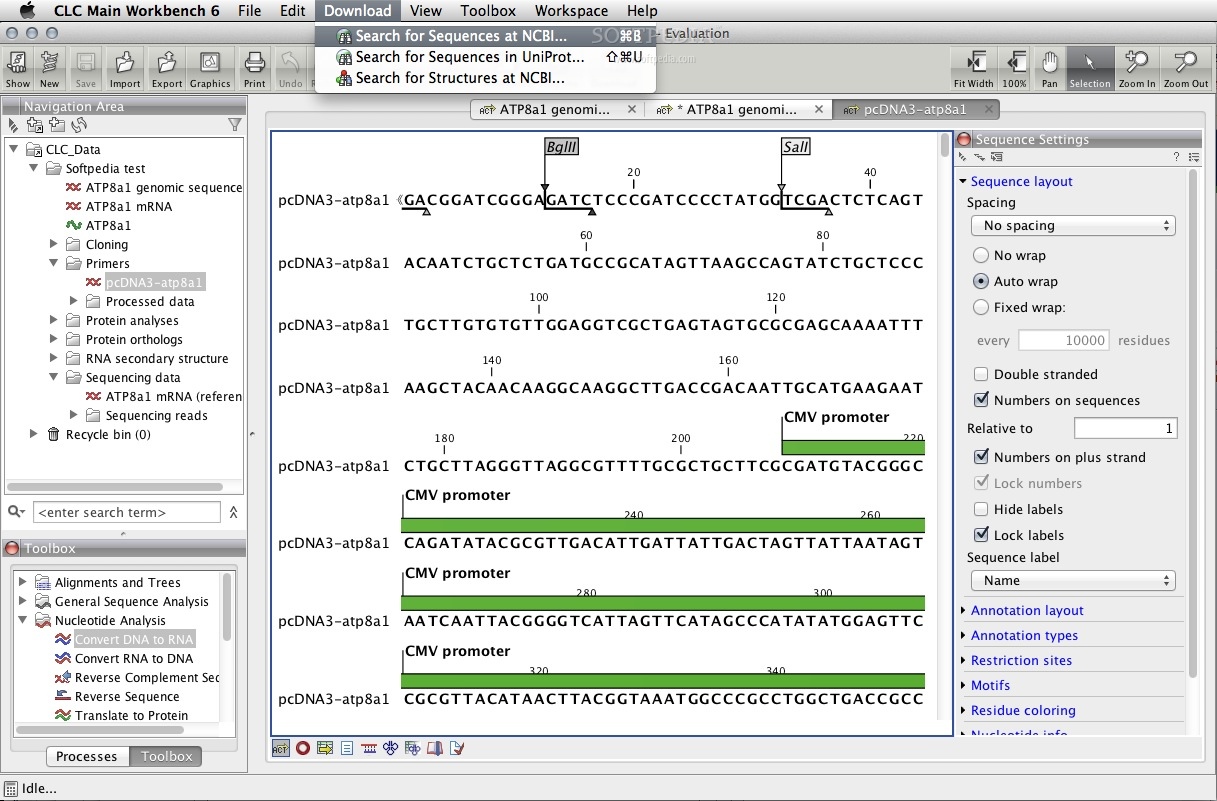

They are divided into two families depending on their structure and their site of replication in host plants. They were first discovered in 1971 in potato (i.e., potato spindle tuber viroid-PSTVd), but since then, more than thirty different viroids have been identified. With their size ranging between 246–401 nucleotides (nt) and no capsid, they are considered as one of the smallest and simplest pathogens of life. Viroids are plant pathogenic single-stranded, circular, non-coding RNA molecules capable of infecting a diverse range of host plants of economic importance.

The first circRNA of exogenous origin discovered was a viroid, whose circularity was confirmed by electron microscopy in 1973. Finally, ribosome recycling occurs, where the messenger RNA (mRNA) is released and the 80S ribosome is separated into its 40S and 60S components. Recognition of the stop codon drives the termination process and the release of the protein. Following initiation, the 60S ribosomal subunit joins to form the 80S ribosome whereupon the elongation step starts, translating the information encoded in three consecutive nucleotides into an amino acid (aa), creating a peptide, and then a protein. In the last few years, several alternative initiation starting codons have been described.

During initiation, the 40S ribosomal subunit binds to the mRNA and scans until an initiation codon (AUG) is found. The initiation step is the most complex in terms of the proteins involved. Translation is usually divided into four stages: initiation, elongation, termination and ribosome recycling. The ‘central dogma’ of molecular biology explains the flow of genetic information and consists of the process of transcribing DNA into RNA, which is then translated into proteins.


 0 kommentar(er)
0 kommentar(er)
